The Article
Etsuro Urushi: Made in Japan
4th November 2018
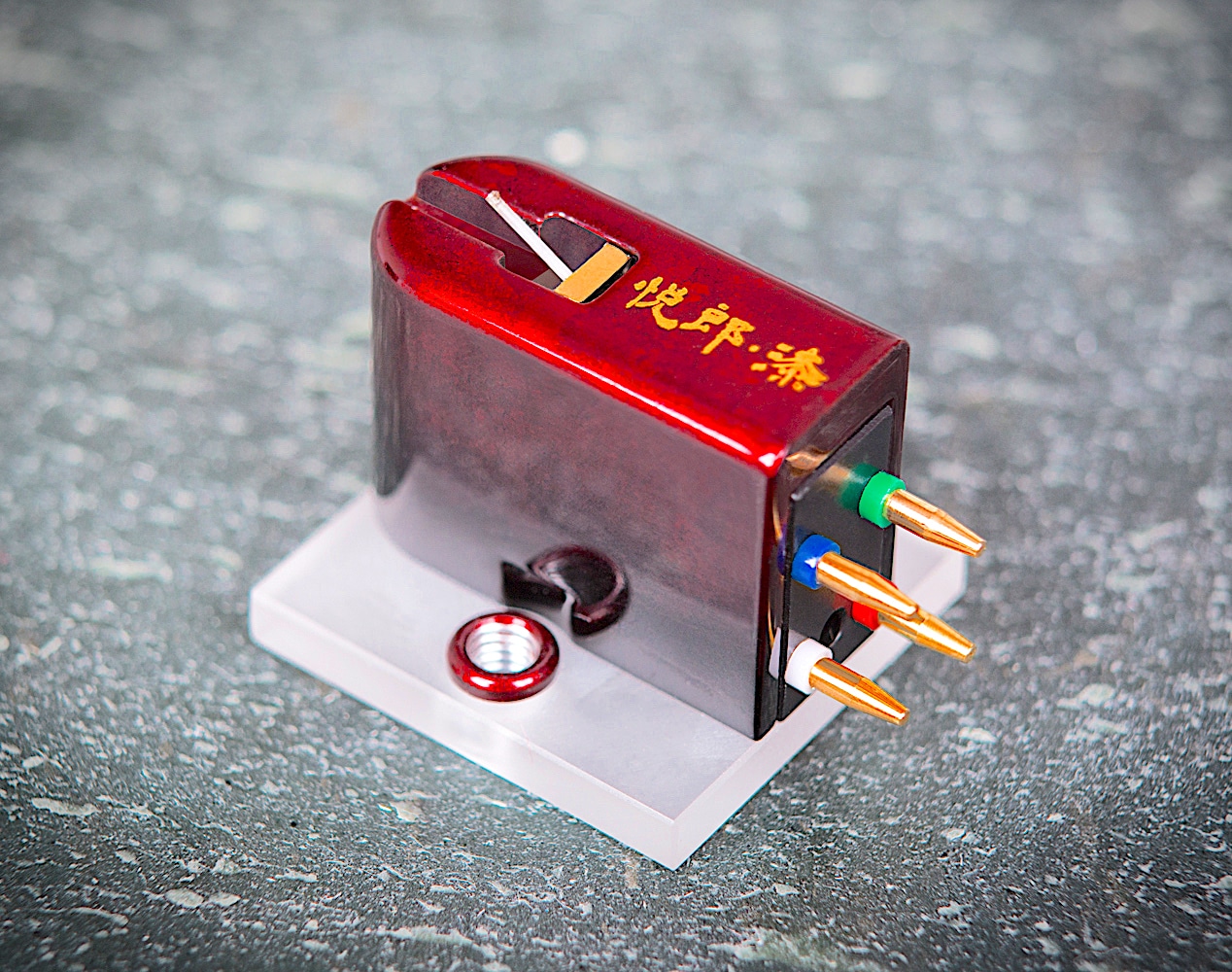
A rather svelte but decidedly high-end cartridge, Paul Rigby reviews the Etsuro Urushi moving coil cartridge
What’s the sonic difference between a cartridge costing £25 and this one priced at over £7,000? In a word, reality. It’s more complex than that, yes, but that’s the bottom line. A good budget cartridge offers great sounding music but its great sounding music that’s obviously been generated by something: a turntable or whatever. A high-end design almost attempts to replicate the real thing so that the music doesn’t sound like it’s emanating from a recorded medium at all.
Stand in a music hall, right in front of a real live guy hitting a real live cymbal and a high definition cartridge tries to copy that real live sound…exactly. I’m simplifying, I know but, in essence, that’s the idea.
That’s why crazy audiophiles spend crazy money on works of art like the Etsuro Urushi. This model is made by the Excel Sound Corporation who have been manufacturing cartridges for other brands for over 30 years. You might be familiar with its lower cost Hana range of cartridges.
Looked at from a three-quarter view, this Japanese cartridge looks like a mock-up for a train from the Art Deco period. Not a great deal of bulk but lots of streamlining. In some ways, this styling reflects the price. Understated, stylish, slender and almost sylph-like.
This moving coil design uses, as you might expect, rather exotic components in its build. So you’ll find a sapphire pipe as its cantilever supported by an Extra Super Duralumin chassis. The body is processed by Urushi lacquering specialists Etsuro. That, in itself, is fixed to a sapphire plate. The stylus is a microcline diamond. Inside are silver coils.
SOUND QUALITY
Bit of a weird sound test, this one because it was a journey of sorts.
I began with Joe Jackson’s high energy jazz LP, Jumpin’ Jive and the track, Jumpin’ with Symphony Sid. This song featured plenty of organic instruments such as a brass section, wind instruments, upright bass and piano.
At the beginning of this sound test, I was at a place. By the end, I was at another place. Both were good but the evolution reflected the subtlety of the cartridge’s output.
First off then, if I could characterise the sound of the Etsuro Urushi it would be one of elegance and sophistication. There is nothing outlandish or overly emotional here, this is a cartridge with a sense of decorum that seems to characterise cartridges of Japanese origin. As such, the cultural association is a good one. This is a design whose midrange offers delicacy and precision but without any hint of the uncouth, bass is firm and characterful but never clumsy while treble is fragile…even dainty.
Those looking for guts in their bass, big, bold mids ambitious enough to fill a football stadium and treble that crashes and spotlights a cymbal as a large piece of metal might like to look elsewhere. This is a cartridge of choice for Blue Bloods, Fine Diners and drivers who like to critique the glide of a Rolls.
The character of the Etsuro Urushi cartridge can be highlighted by the treble-infused cymbal taps. These were undertaken with some care on this track, each tap was accurate and fast in terms of transients with an ethereal reverb that trailed, gossamer-like, across the ether. The instrumental separation allowed the ear to follow the cymbal’s progress with no problems at all. The slightest effort in this area was tracked by the ear, with subtle variations in percussive effort noted. What I’m trying to say here is that, at no point, did any other instrument even threaten to mask or smear itself over the exquisite cymbals taps. Discipline was rife but gently applied without any sense of force or strain. Each frequency fell naturally in order with a vast amount of space surrounding each to ease the music along.
The mix was balanced to a tee. Bass was both compact and substantive but never overblown or too, well, rough. This wasn’t bass in leathers driving a Harley but bass toting a Gilet and driving a Range Rover. There was lots of power here but it was applied in a civilised manner.
I turned to more rocking beats from the self-titled album from The Rutles and Good Times Roll.
By now, time had gone by and the essence, style and personality of the Etsuro Urushi was sinking into my brain. I had moved to that other place I mentioned at the beginning of this sound test. It’s a bit like meeting a girl, making friends and having no expectations, finding things in common, then you’re laughing at her jokes and she of yours, you find she’s easy to get on with, you realise you’re thinking a lot about her and then…you suddenly realise that you’re in love.
It was at this point in the review that I realised that I was in love. With a cartridge. I’m not sure how the wife is going to take it, though. We’ve been together for a while.
I found myself becoming ever more attached to the Etsuro Urushi and being increasingly aware of what it was doing to the sound to an even greater extent. I was being slowly but inexorably pulled into its world. With apologies to Professor Higgins in My Fair Lady, I felt like singing, “I’ve grown accustomed to its sound.”
What delighted me on this track was the Etsuro’s insistence of not hitting me over the head with bass but instead, educating me. It was if it was saying, “Forget the wham bam slam, look at all this musical information on offer.” So percussive hits were full of character and organic information, detail was all over the place but it never imposed upon the midrange. Actually, I’ve rarely heard a cartridge that offered such bass detail but then allowed the mids to provide such a simultaneous wealth of clarity and transparency, enhancing vocal diction and subtle guitar sounds. In effect, you get the best of both worlds here.
CONCLUSION
The Etsruo Urushi cartridge will wait for you. It never pushes its sonic highlights at you. You must go to it and it’ll wait patiently until you do. You only need to sit and listen and then, slowly but surely, the ear will start to pick up rare pieces of information, detail you’ve never heard before, startlingly sonic nuggets and more. These delights begin in ones and twos but, the more you listen, the greater the onrushing goodies until you are gradually hit by a waterfall. Which is a long winded way of saying that, the more you listen to this cartridge, the better you will like it. I’ll go further. You will quickly get to the point where you will kill to defend your right to keep hold of the thing.
I know now that returning the Etsruo Urushi cartridge will reduce me to floods of tears.
Where’s my hanky?
Etsuro Urushi Cartridge
Price: £7,499.95
Tel: 01822 612449
Website: www.puresound.info
GOOD: naturalistic midrange, incredible transparency, bass information, fine tuned treble, life-like soundstage
BAD: nothing
RATING: 9
[Don’t forget to check out my Facebook Group, The Audiophile Man: Hi-Fi & Music here: www.facebook.com/groups/theaudiophileman for exclusive postings, exclusive editorial and more!]
REFERENCE
Origin Live Sovereign turntable
Origin Live Enterprise 12″ arm
Van Den Hul Crimson XGW Stradivarius Cartridge
Icon PS3 phono amplifier
Aesthetix Calypso pre-amp
Icon Audio MB845 Mk.II monoblock amplifiers
Quad ESL-57 speakers with One Thing upgrade
Tellurium Q Silver Diamond cables
Blue Horizon Professional Rack System
Harmonic Resolution Systems Noise Reduction Components
All vinyl was cleaned using an Audio Desk’s Ultrasonic Pro Vinyl Cleaner

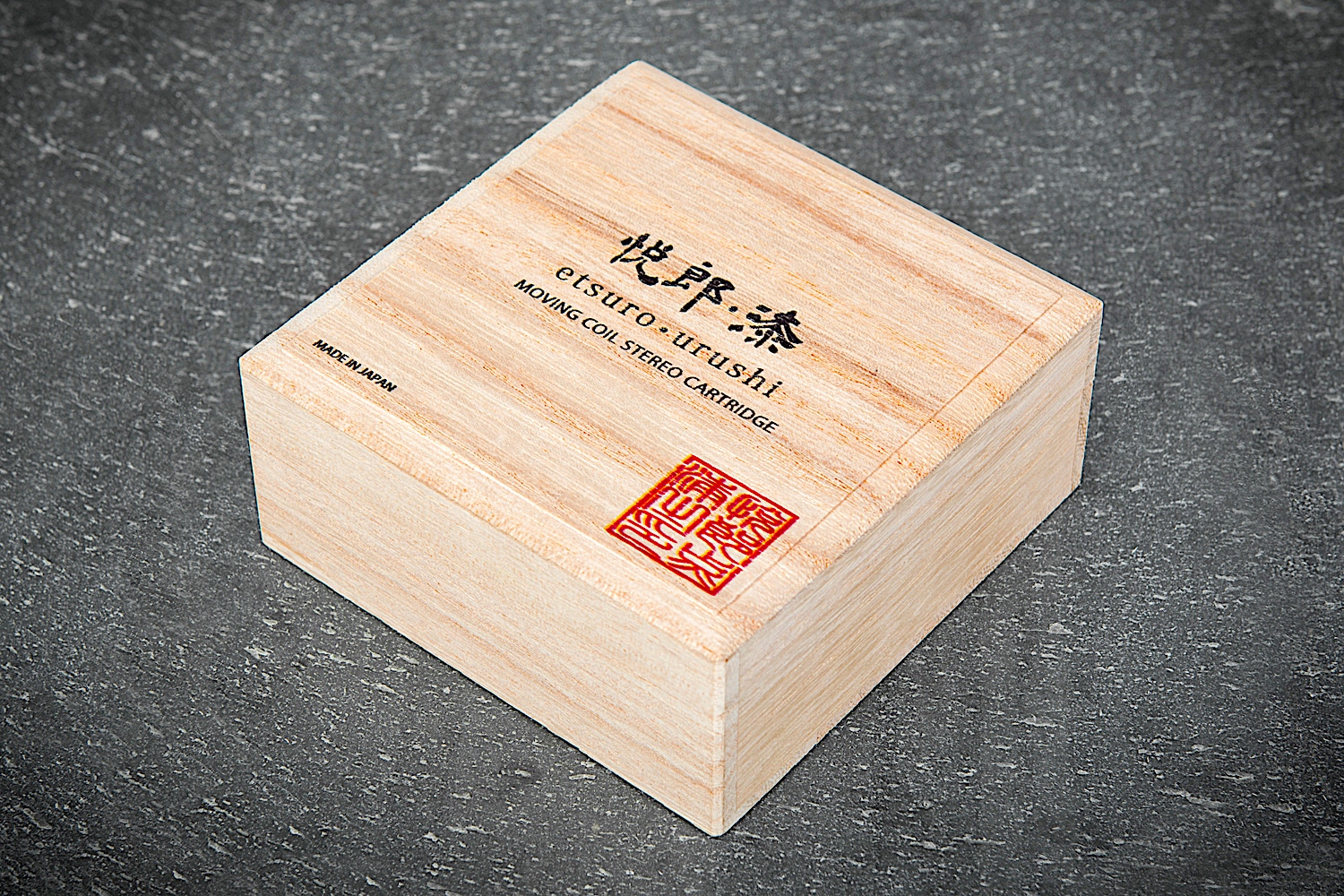
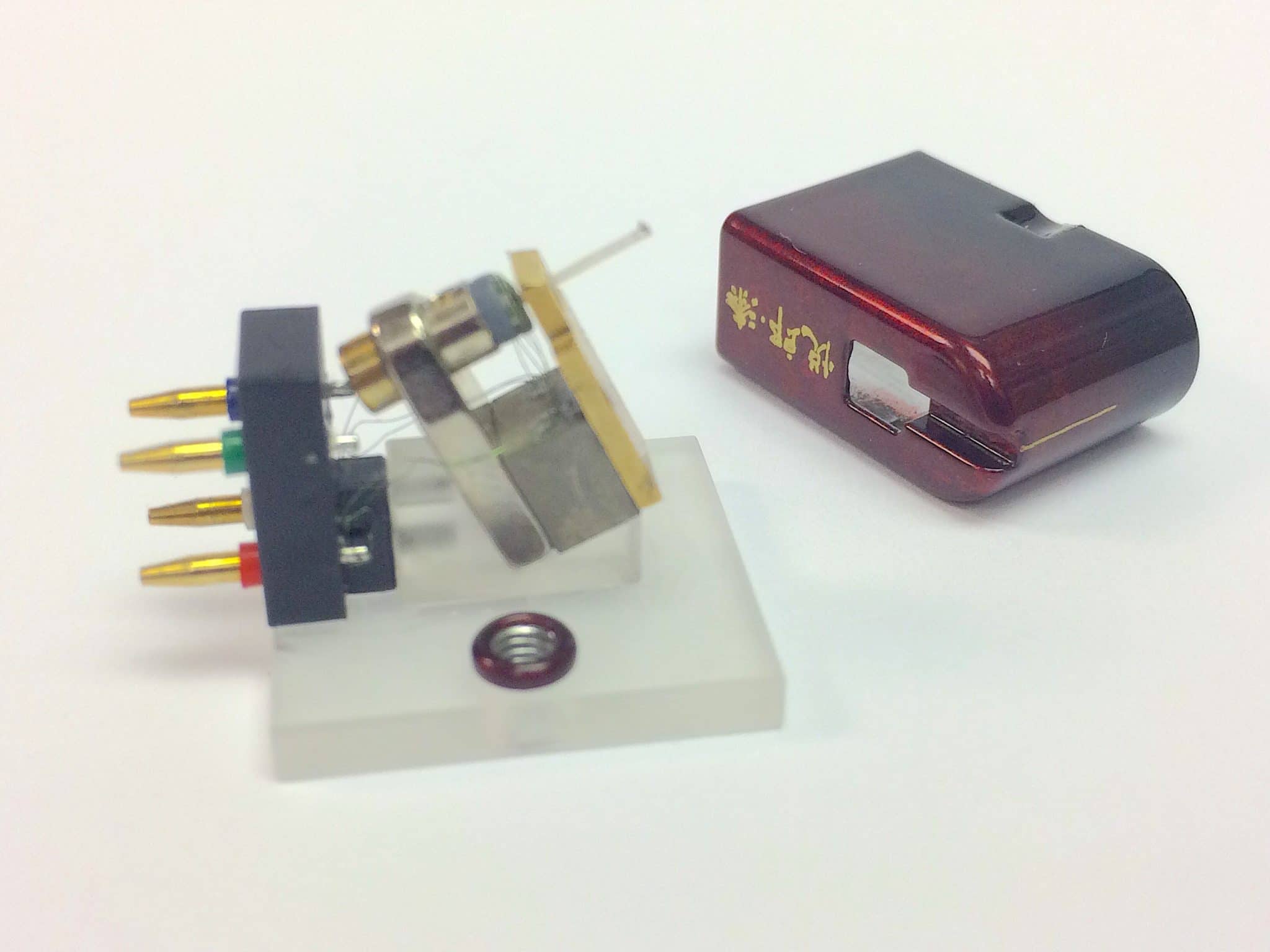
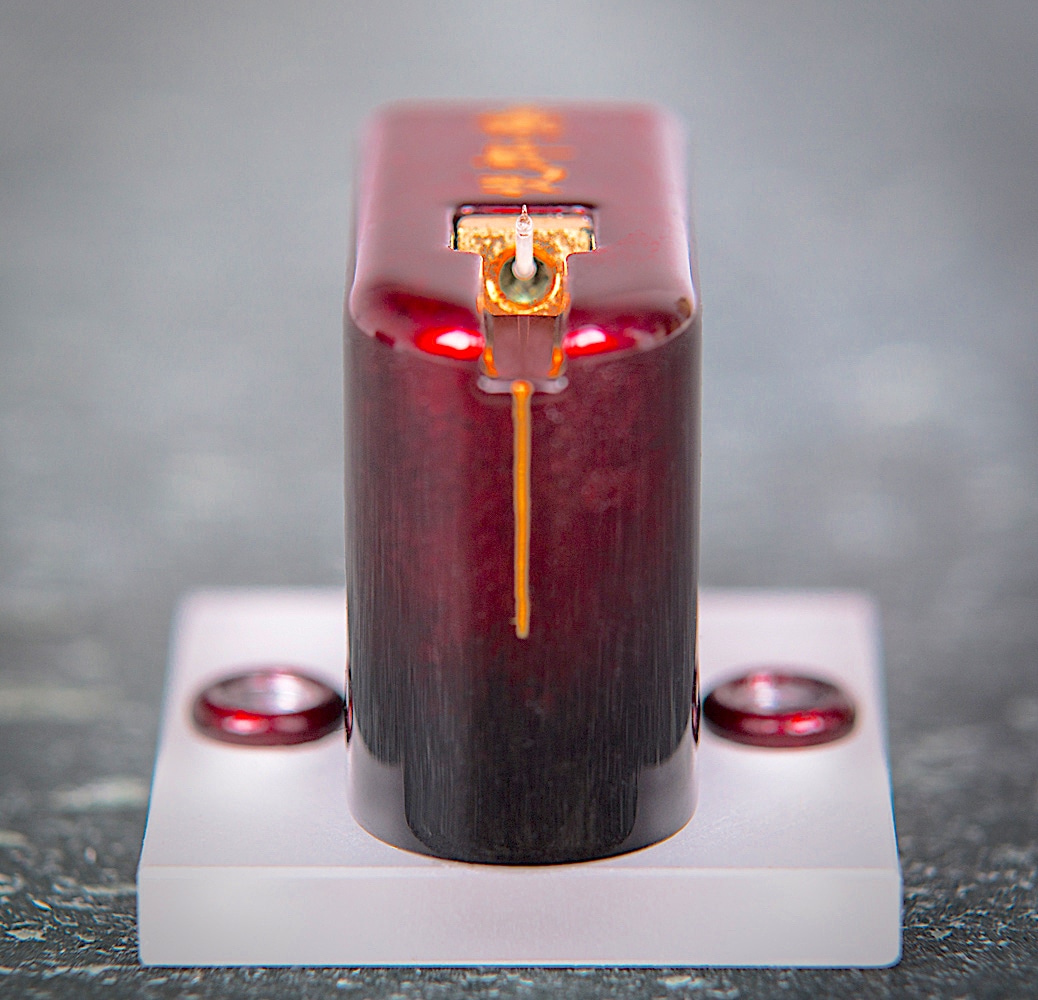
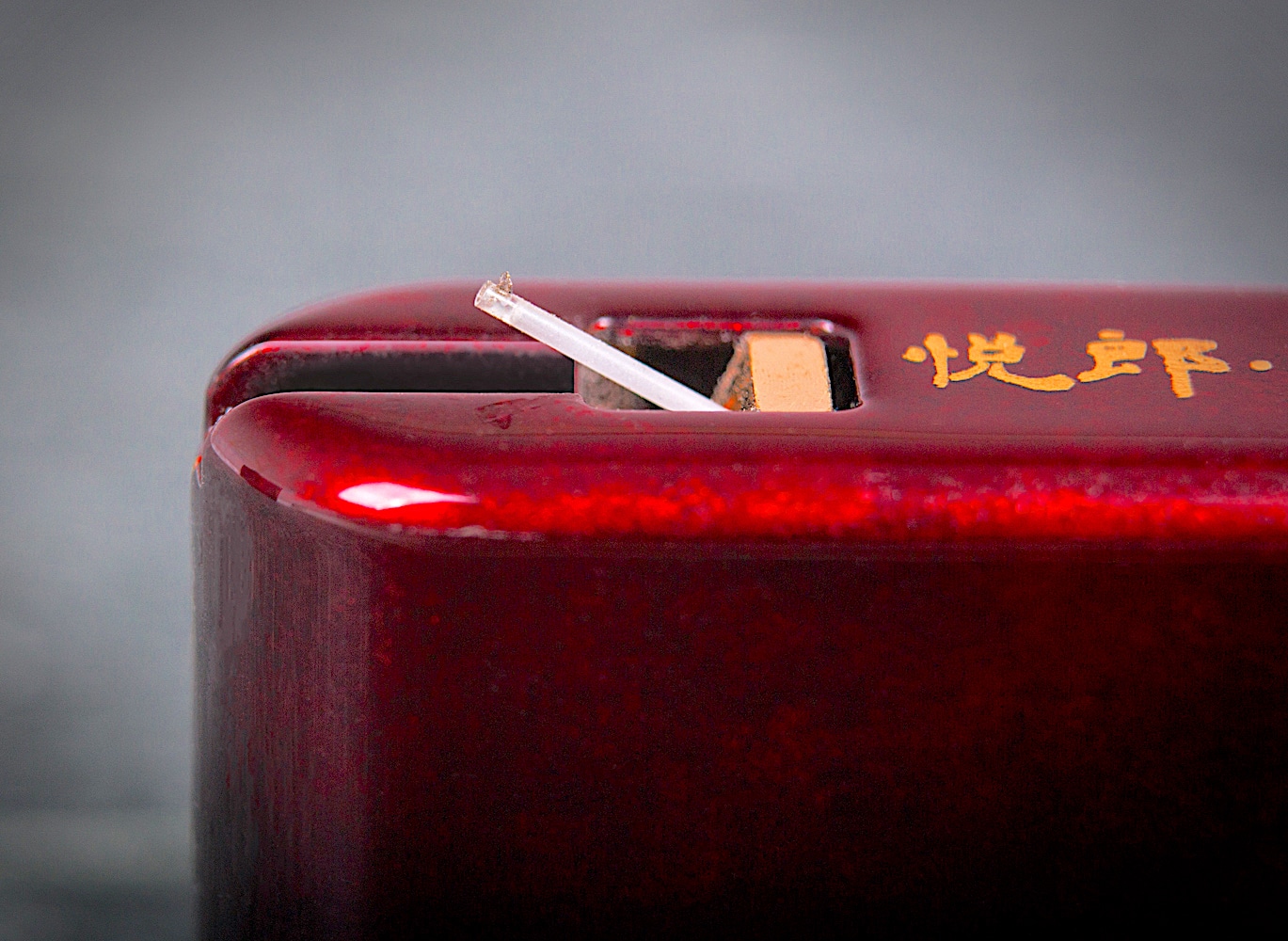
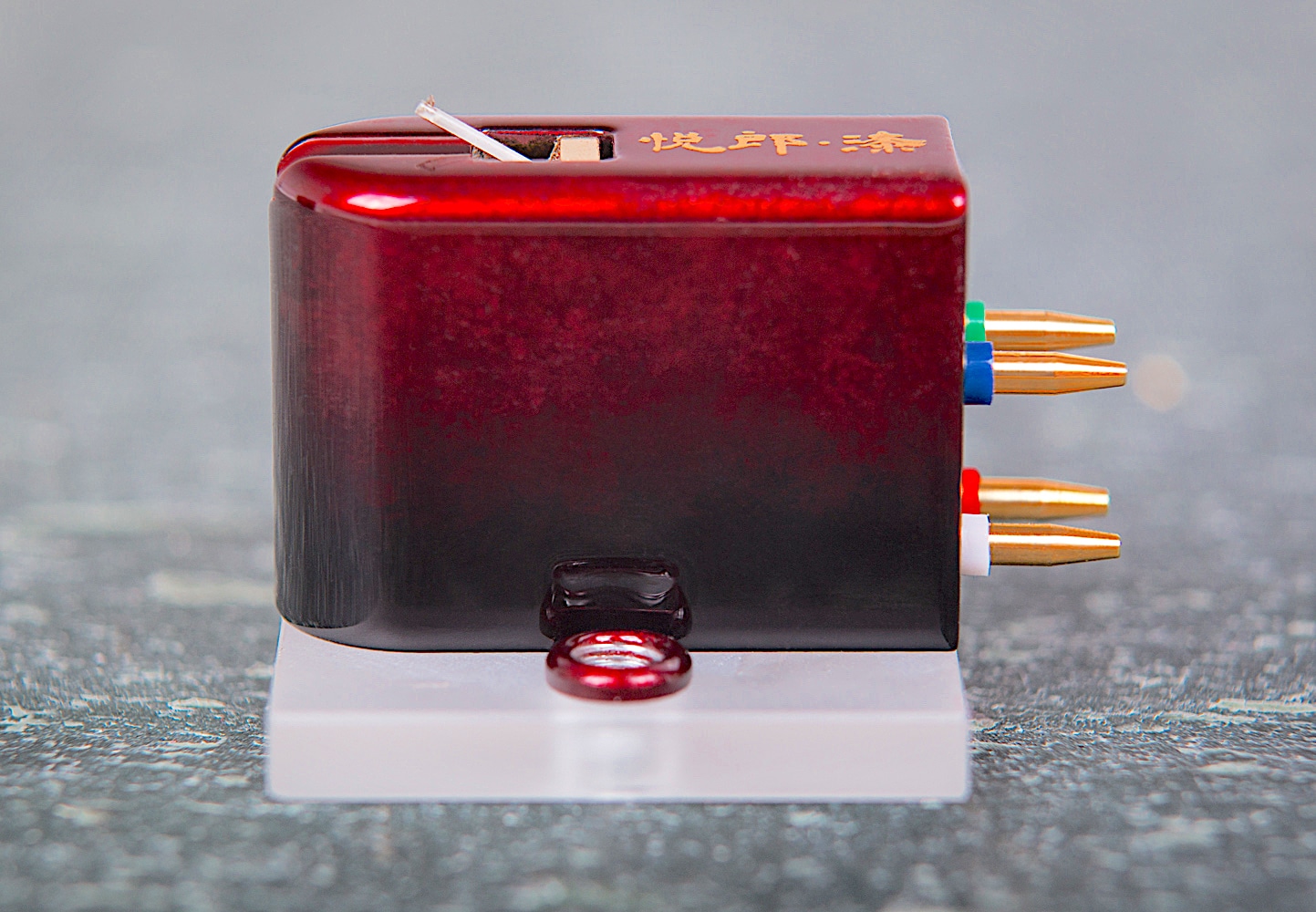



Hi,
Just wondering what you loaded this cartridge at? I can’t find any specification that tells users what loading to apply. Thank you.
Hi Andy – that’s a toughy because my phono amp has a volume knob-type set of loading controls instead of set switches. I always recommend ignoring spec sheets anyway. I would advise putting aside 2-3 hours and testing each and every setting on your phono amp and seeing what’s best *for your ears*. This is where spec sheets and manufacturing recommendations tend to fall down. They generalise. I would set the phono amp on X then listen, then set to Y and listen, etc, etc. You’ll find your own sweet spot.
lovely
Hi Paul,
I am now considering the Etsuro cartridge and I have a question with regards to the Urushi lacquered enclosure. I see in your picture that you were able to remove the bordeaux enclosure in order to show the cartridge’s internals. Did it involve a lot of efforts? How is this enclosure attached to the cartridge baseplate? I don’t see anything to help holding the enclosure in place. My concern is that when I retip/rebuild this cartridge in the future where the outer enclosure will be removed, it may not fit tightly upon reassembly, causing unwanted vibration. Your insight will be much appreciated.
I had ‘inside’ help regarding that image, I didn’t do it 🙂 Any re-tip will (should) be undertaken by the manufacturer and they will be able to reassemble the chassis correctly and properly.